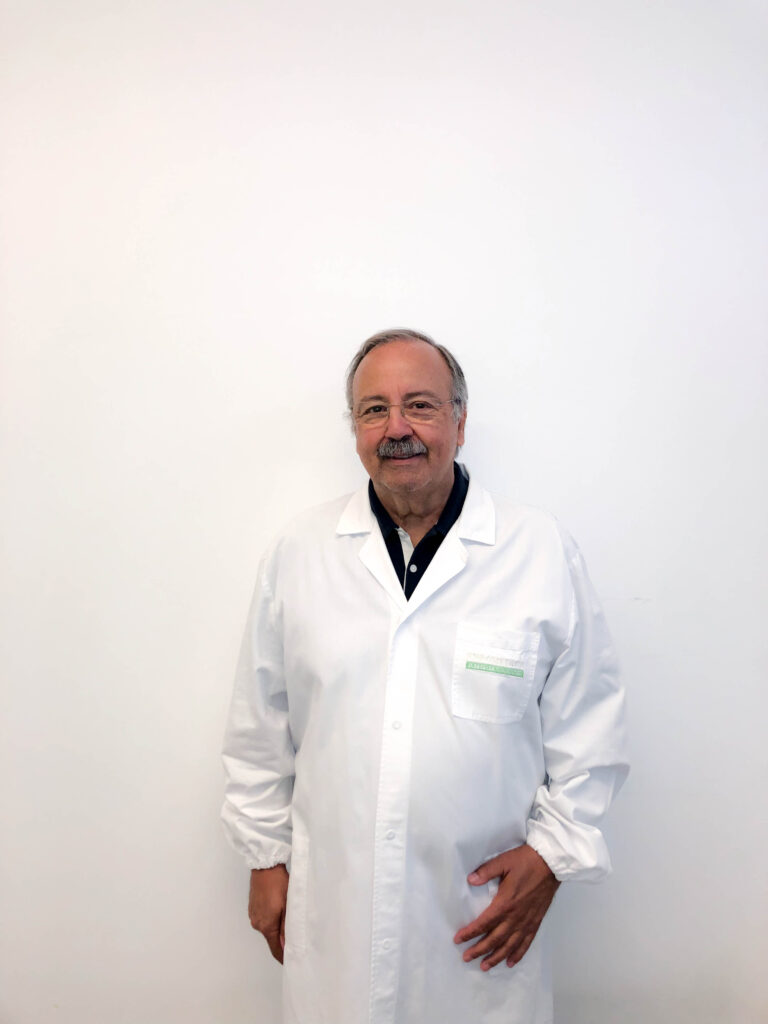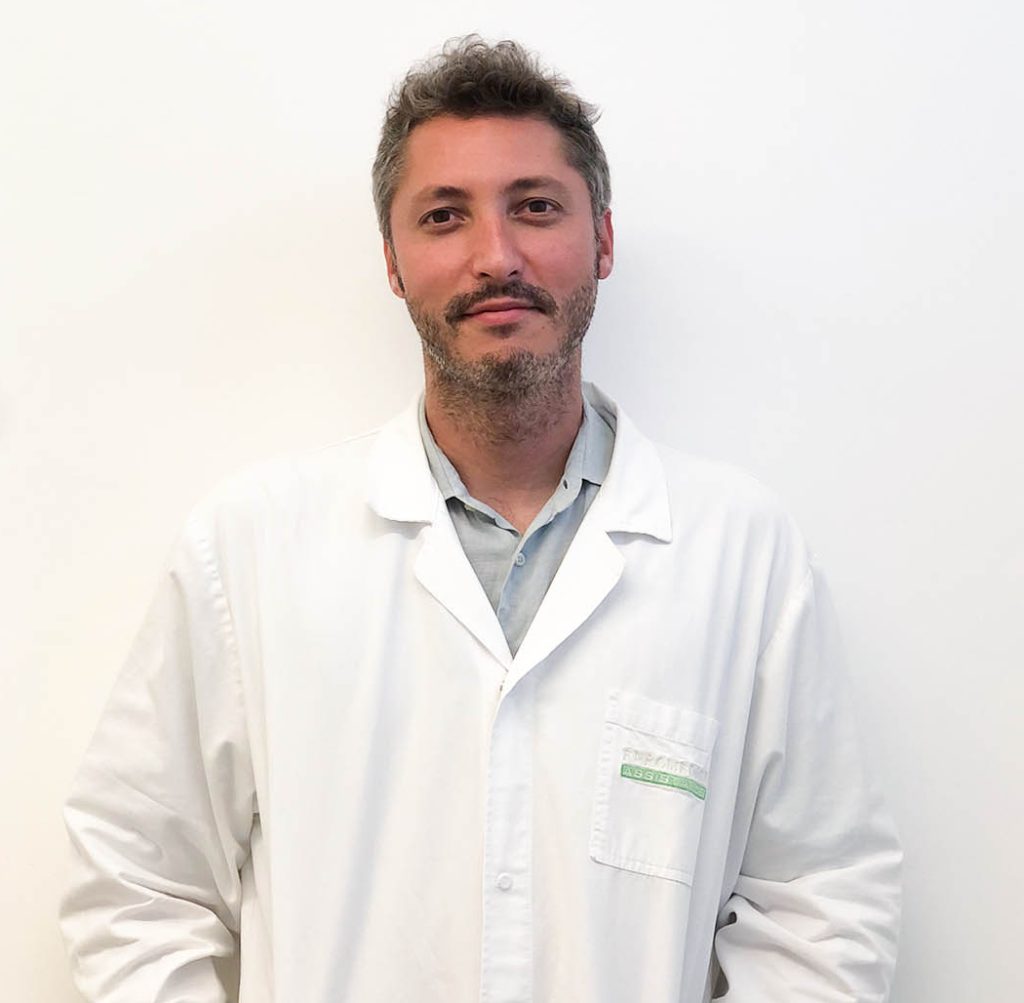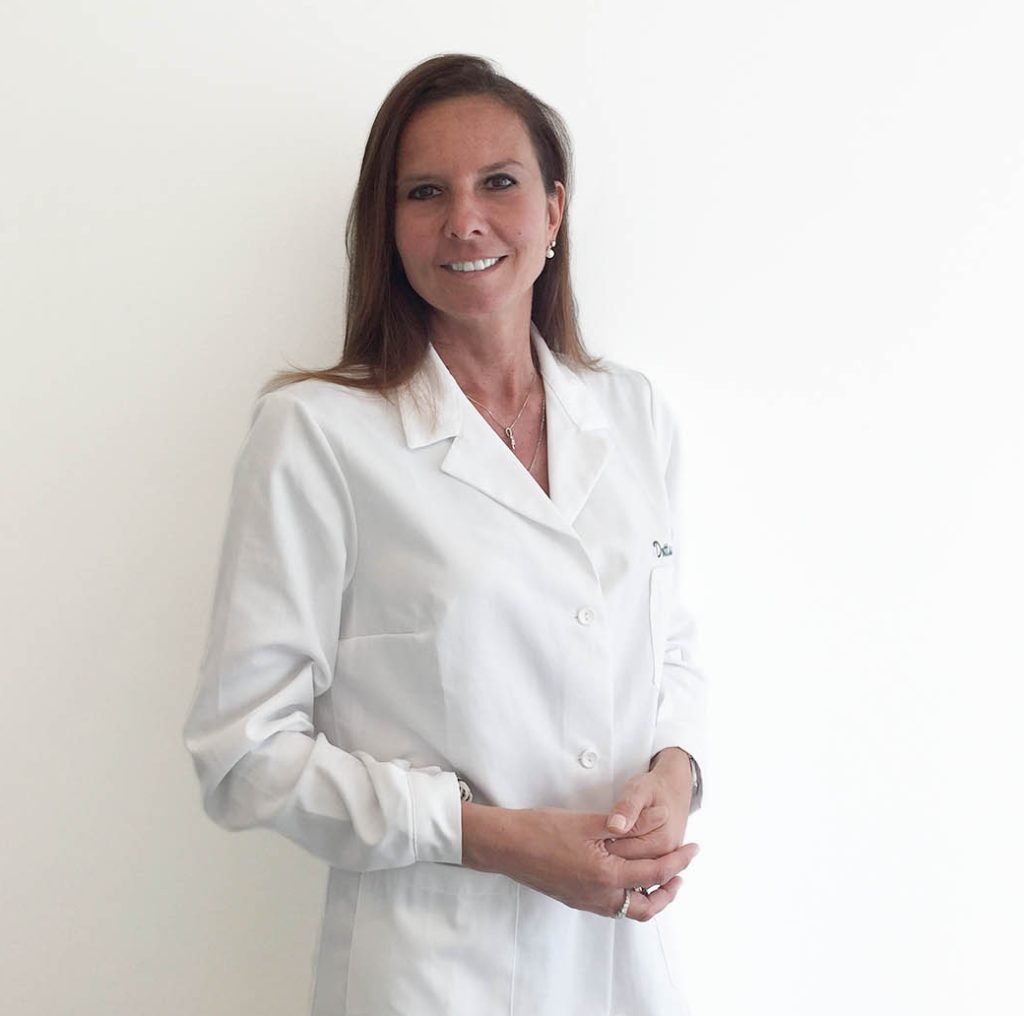Osteopathy is a manual technique based on the principle that “the body is a whole” meaning that all parts of the body joined together by connective tissue contribute synergistically to generate benefit for the body. Osteopathy is based on three pivotal principles (the principle of self-healing, the structure-function relationship and theunity of the human body) by which theosteopath is able to rebalance the physiological imbalances present in patients through the elimination of interference and obstacles in the body.
Osteopathy sessions are especially recommended for patients with headaches, nose and ear problems, visual problems, digestive problems, jaw joint disorders, lung problems, kidney and urinary problems, arthropathy, genital, gynecological, and sexual problems .
Osteopathy sessions are also highly recommended for pregnant women during the 3 trimesters of gestation. Helping the pregnant woman rebalance her tensions and adjust her postures to the new changes her body is undergoing will then promote a calmer and faster delivery.
The osteopath is not a substitute for the physical therapist, but in some cases it is necessary to undergo both treatments to derive the greatest possible benefit from both.
Osteopathic sessions can be performed by newborn patients as well as very adult patients . There are no particular contraindications for patients, but if the clinical picture is too compromised, it is preferable to avoid osteopathic treatments.























